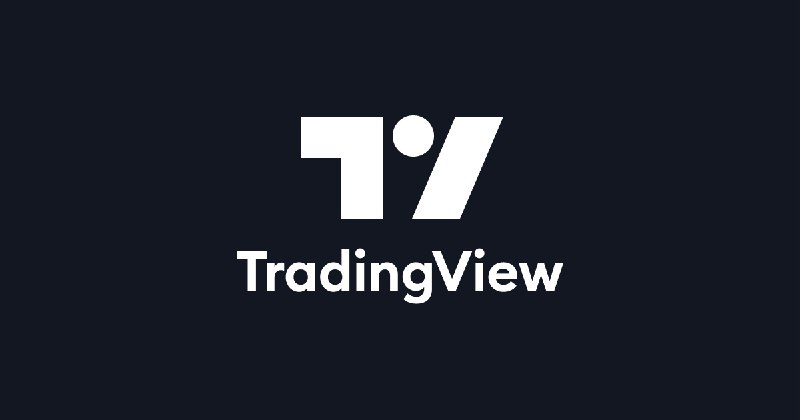tg-me.com/PineCodersSquawkBox/88
Last Update:
🔈 #news
Memory monitoring
TradingView will ease down on the gradual tightening of script memory usage for the next month. This will allow for the imminent deployment of arrays to proceed without interference from changes related to memory monitoring.
Barring any unforeseen need to make adjustments during the coming month, the script memory monitoring process will resume after that period.
🔷 Why monitor memory usage?
The main reason why script memory usage needs to be managed is to ensure a more fair and efficient use of the infrastructure by script users. Another positive outcome expected out of the process will be the possibility to relax some arbitrary limits imposed on the use of other script resources such as drawings and plots.
🔷 Why make the process gradual?
TradingView decided to make the process gradual because this will make it possible to achieve the highest working limit for allowed memory per script. As a result, a smaller number of scripts will have been affected by the time the optimal limit is reached. If TV had decided to impose an arbitrarily low limit such as the very ones they wish to relax for drawings and plots, a much larger number of scripts would have been affected. The gradual approach, however, entails that the few authors of scripts making heavy use of memory resources may need to adapt their scripts a few times if their first adaptations keep their scripts too close to the limit.
🔷 Tips to reduce memory use in your scripts
The two most frequent causes for heavy memory use in Pine scripts are:
1. The use of large numbers of security() calls.
2. Using large values for max_bars_back.
To reduce the number of security calls in your scripts, ensure you maximize security()'s potential to return tuples. Using tuples, it is no longer necessary to make multiple calls to fetch different values from the same ticker/HTF.
Concerning the historical buffer controlled by max_bars_back, read this Help Center page if you haven't done so already:
https://www.tradingview.com/scripts/editors-picks/?solution=43000587849
It explains in detail what the historical buffer is. Recall from our previous announcement that the historical buffer for variables will eventually be reduced to 1, as it already is for function calls. This entails that all scripts making use of historical values of variables will require explicit management of the buffer.
Do NOT adopt the easy solution to add max_bars_back = 5000 to your study() or strategy() declaration statement, as this will most likely condemn you to adapt your script again in the future. Only use max_bars_back in your declaration statement if you need a historical buffer for function calls. If you only need a buffer for variables, use the max_bars_back() function on those specific variables only, and limit the buffer's size to the minimum required by your script.
Also, keep in mind that when you declare a certain historical buffer size, capping the offset you use with the history-referencing operator so that it does not exceed that buffer size will prevent your script from throwing runtime errors.
BY PineCoders Squawk Box

Share with your friend now:
tg-me.com/PineCodersSquawkBox/88
